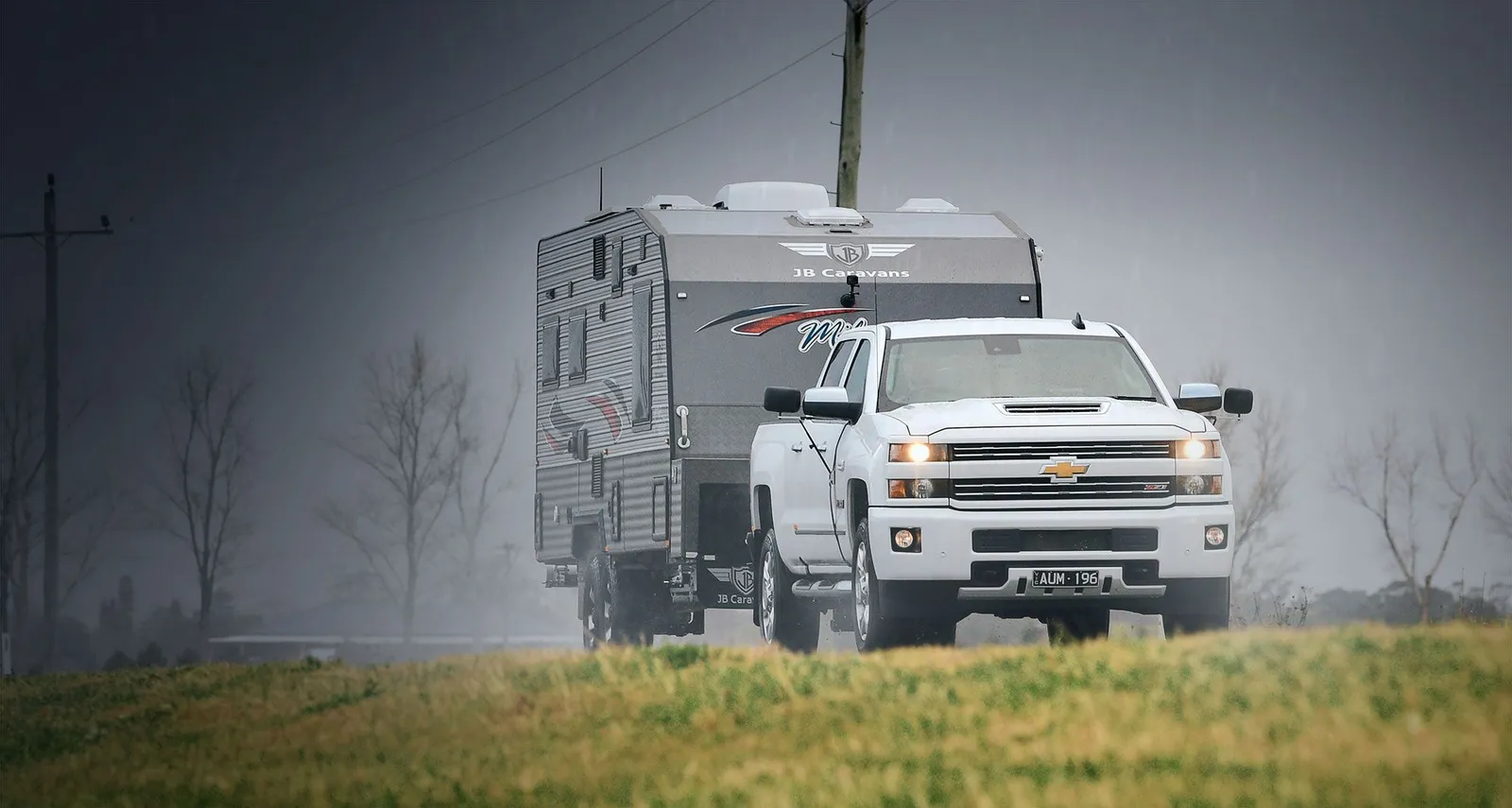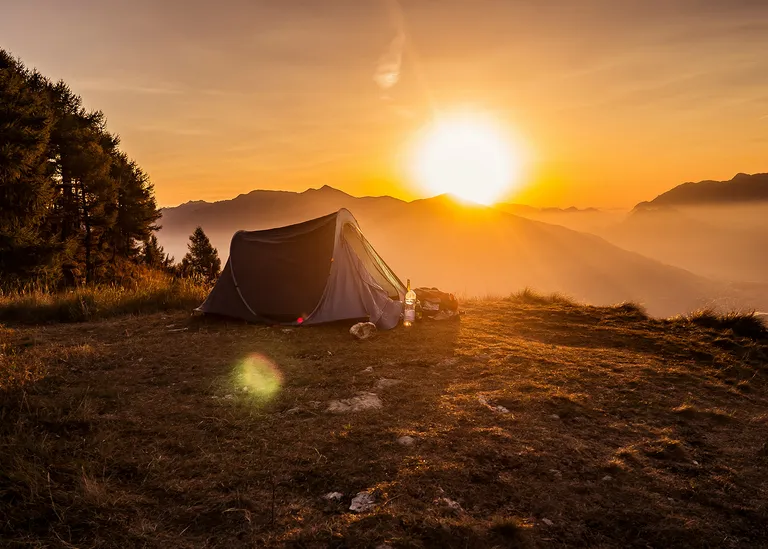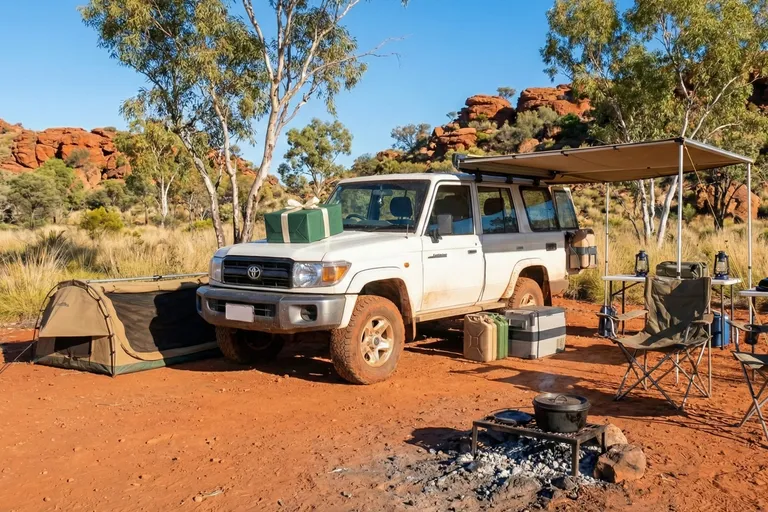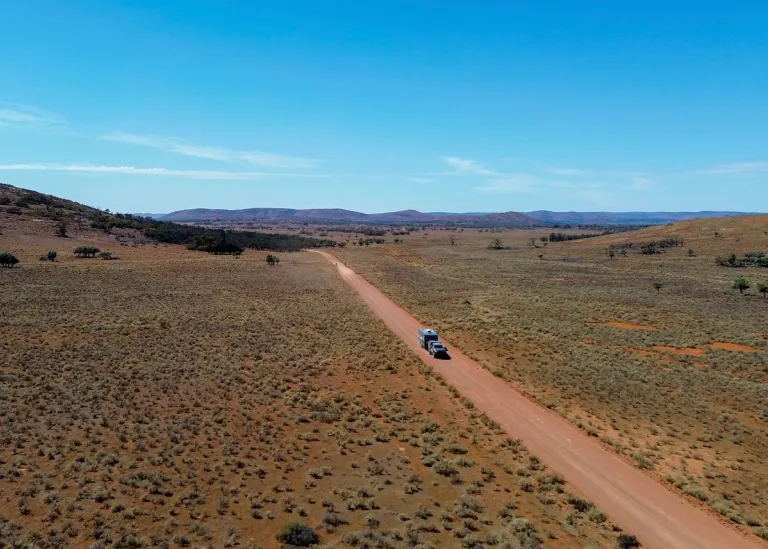Article from RV Daily.
Travel has been upended due to COVID-19. But you can plan a tropical adventure now. Surprisingly, we’re suggesting: The Big Wet: How to caravan in the rain!
So how do you caravan in the rain? My first trip to outback Australia was very much ill-conceived. I thought it would be a good idea to leave Melbourne and drive as far north as I could in two weeks, and turn around and come back again. It seemed harmless enough, except I left on Boxing Day, in a Toyota Camry with little more than a cheap tent, an air mattress and a clapped-out Engel fridge on the back seat. Everything was fine until I got to Mataranka.
Anyone who has travelled around the tropics during the wet season will know what happened next. The 39-degree heat and 90% humidity were bad enough. What I wasn’t prepared for was the intense thunderstorms and torrential rain that announce the monsoon has arrived. No fun in a crappy tent.
That said, it was beautiful. The normally dry brown land had a fine carpet of bright green grass sprouting as far as the eye could see. There was water flowing in all the creeks and rivers. Birds and other native animals were abundant, including mega flocks of budgerigars and wedge-tail eagles that stood as tall as a small child. And as dangerous as the thunderstorms were, the lightning show each night was spectacular; the Big Wet!
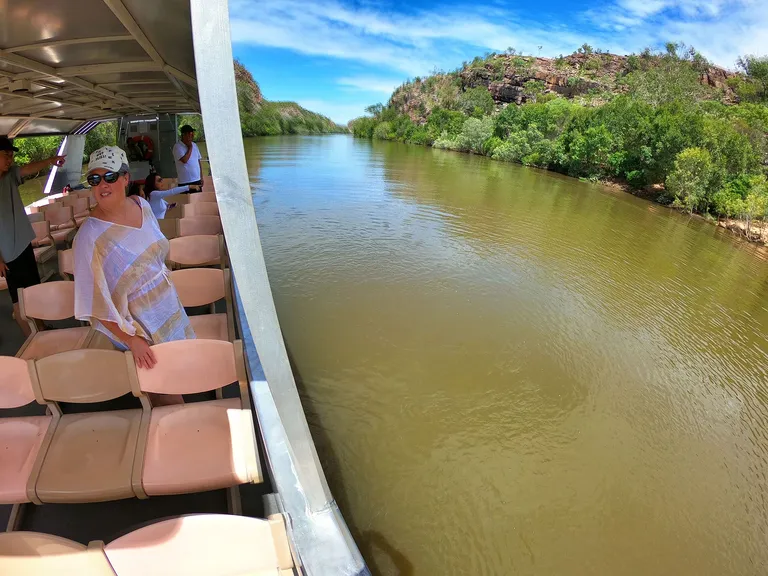
boat tours are empty in the west season
These tour boats would normally be full. We had just six people on ours
Access
Travelling to the tropics of Northern Australia during the big wet is an experience every Australian should enjoy at least once in their lives. That said, you need to be prepared for the challenges that come along with such a trip. See part two.
For starters, travelling during the wet season means you’re outside of the peak season. A lot of the more popular tourist attractions shut-up shop. The reasons for this are varied but most places are closed because the drop in visitor numbers make it uneconomical to stay open. The weather also plays a big part. Roads that would normally be open during the peak season may become impassable as creek levels rise. Dirt roads turn into muddy quagmires making passage all but impossible; many are closed.
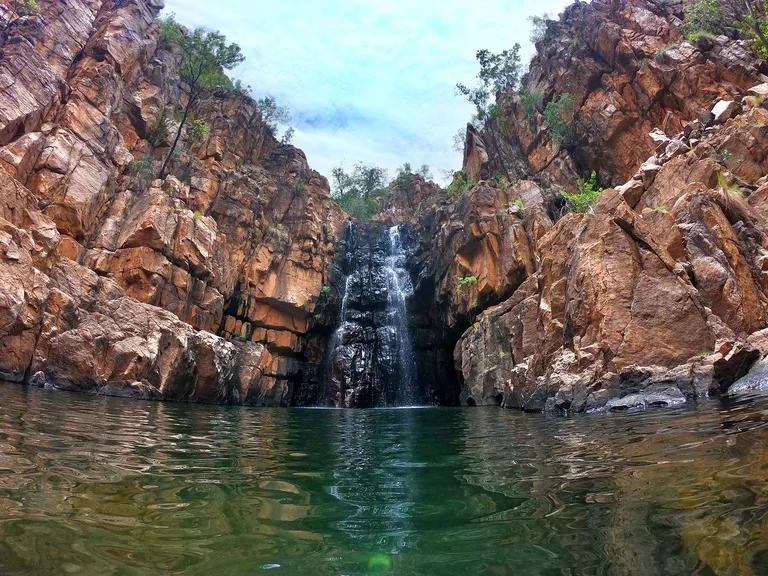
big waterfalls in wet season travel
However, with a little research, it is possible to find places that are open all year round. Many tour operators have different programs that are unique to the wet season. As an example, tour boat operators in Nitmiluk National Park (formally Katherine Gorge) have larger, more powerful boats that can safely traverse the swollen Katherine river. Their wet season tours take you further upriver to parts of the gorge that are inaccessible during the dry.
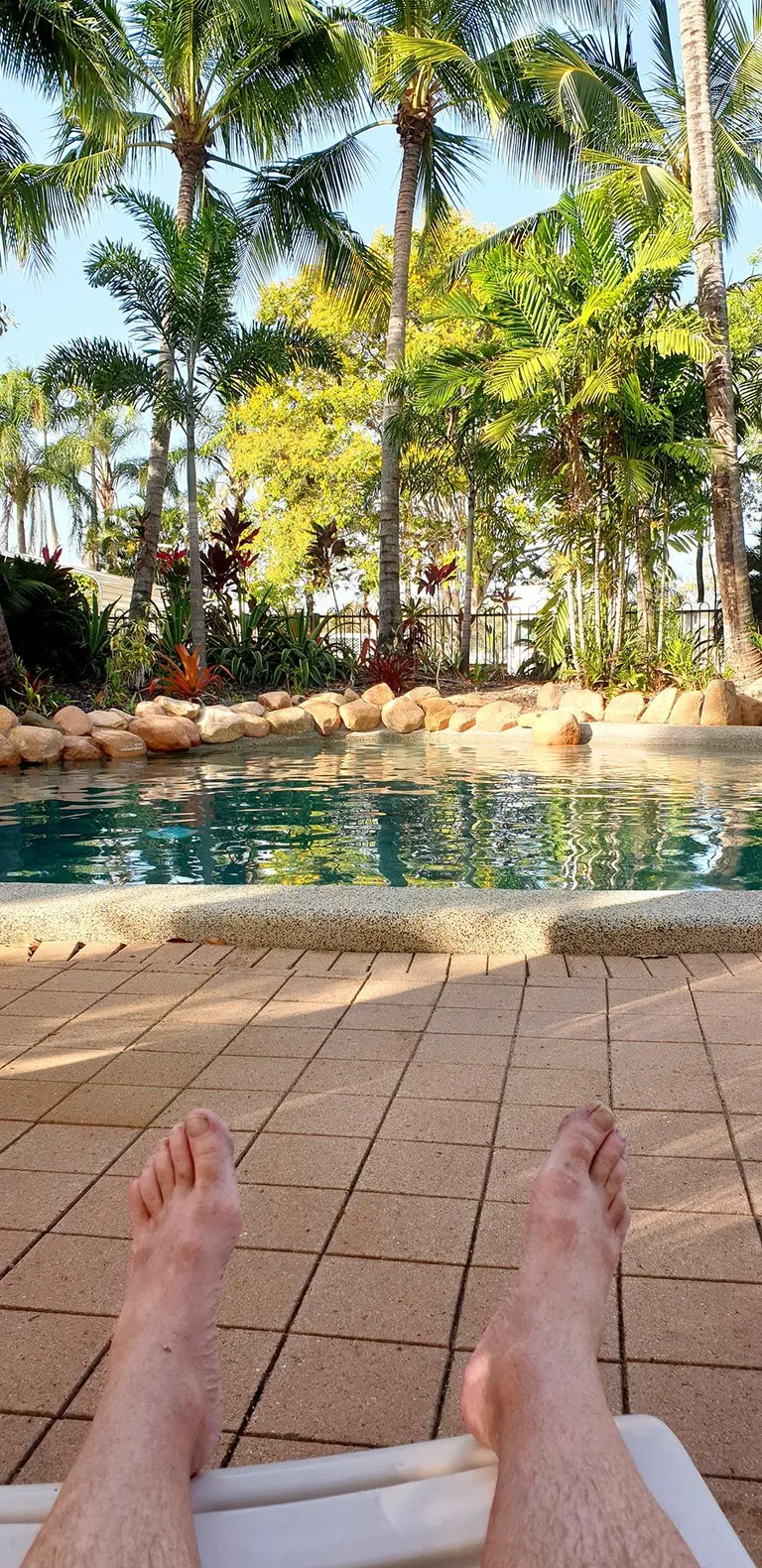
5 Pure Luxury Is Having This Magnificent Pool All To Myself
Pure luxury is having this magnificent pool all to myself
Savings
Another huge advantage of being in the north during the big wet is the lack of other tourists. Every caravan park is virtually empty meaning you have the pick of the best spots. You may even have the pool and other amenities all to yourself. The sparse number of people on tours means you can experience the popular attractions without noisy crowds ruining the serenity or ignorant wanderers spoiling your photos.
If you’re a budget-conscious traveller, you will love touring here in the off-season. The rates for accommodation and tours are a fraction of what they would be during the peak. As an example, between November 8, 2019 – March 31, 2020, you can stay at Discovery Parks Lake Kununurra in the north of WA on a powered site for 28 consecutive days for just $300. From there, it’s easy to visit some of northern WA’s most popular attractions including the Bungle Bungles, Lake Argyle and Five Rivers Lookout in Wyndham.
For Kylie and I, we came here to experience the weather and to see its effects on the landscape. Although this year, the build-up and subsequent monsoon have arrived much later than normal, we haven’t been disappointed. The thunderstorms are like nothing you will ever likely see in the southern states. The storms start to form in the late afternoon, early evening and by 9pm they are in full swing. They move much slower than the storms we’re used to, meaning the light show hangs around long enough to get some incredible photos.
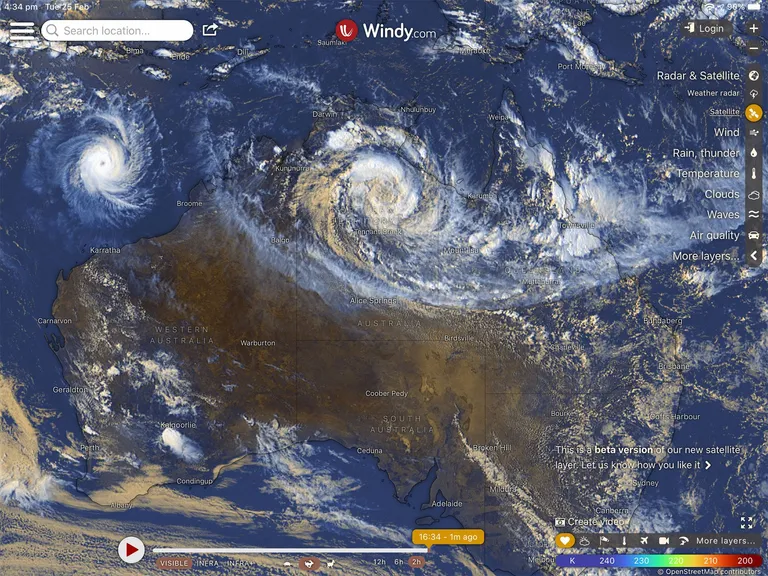
Weather Apps Keep An Eye On Tropical wet weather
Using weather apps to keep an eye on Tropical Cyclone Esther
Caravan in the rain!
It’s what comes with these storms that travellers need to be extremely careful about. The rain that accompanies them is torrential. Totals of 50 to 100mm or more in an hour are not uncommon. As a result, local streams and rivers, that might otherwise be bone dry, suddenly turn into raging torrents. This means roads, even major highways, get flooded leading authorities to close them to all traffic. You need to be prepared to stay an extra night or more to allow floodwaters to recede sufficiently for roads to be reopened.
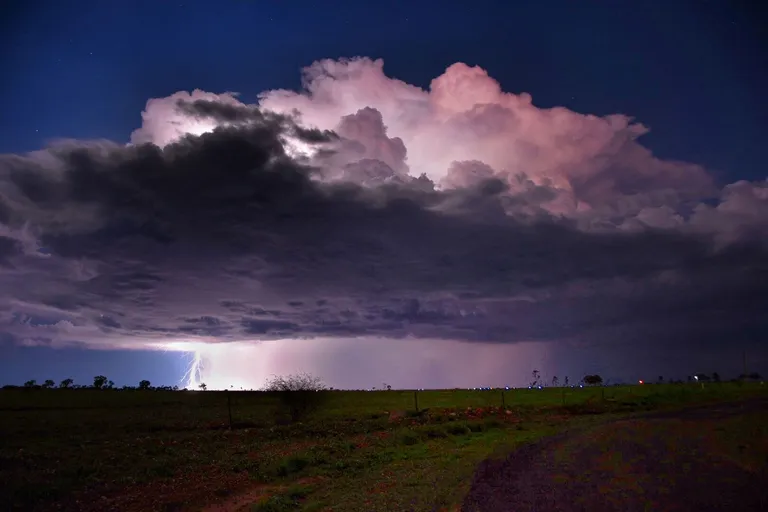
7 Vid Thumb Img 0822
As severe as the storms can get up here, they are nothing compared to the really severe weather events that occur in Northern Australia at this time of year: Tropical Cyclones. According to the Bureau of Meteorology, the Australian cyclone season officially runs from November to April, although very few have occurred in November. These huge storms are well known for their destructive winds and widespread flooding rain. They form in the warmer waters of the tropical coast and can travel long distances inland cutting off communities for weeks. Travellers need to keep an eye on weather forecasts and, if a cyclone is likely to affect their plans, move out of the danger zone. Read our review of the Windy Weather app, here.
Touring northern Australia during the wet season is not all beer and skittles. It can be frustrating and dangerous at times, and it is certainly not the place for the unprepared. But with some care, research and patience, a trip to the big wet can be an exciting experience.
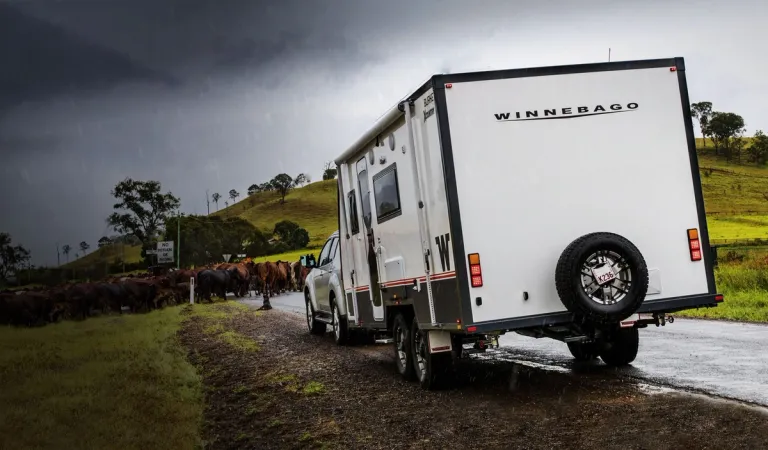
a caravan endures wet weather traffic
Essential tips for caravanning in the wet
On the road:
- Check road conditions before heading off each day. You may intend to get to a particular location, but overnight rain can put a stop to that. Road closures are a part of life up here during the monsoon, and those closures can remain in place for days.
- Once roads reopen, they will usually still be affected by floodwaters and warnings may be in place. Always check the details of those warnings and consider whether it is worth the risk to continue with your travels.
- Roads may be reopened to 4X4 vehicles only or there could be some road surface damage. Consider if your rig and your driving skills are up for the challenge.
- Slow down when driving on roads with cautionary warnings. Approach water on the road with care and drive through at a speed that minimises splashing. Water in the engine bay can disrupt electrical components such as the alternator or even the engine ECU, stopping you in your (possibly flooded) tracks.
- Keep your UHF radio tuned into channel 40 and listen for any updates from other traffic in the area.
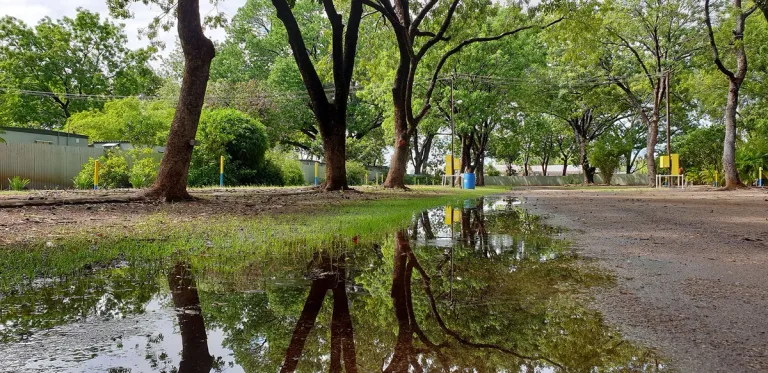
puddles in a wet caravan park
At the campsite:
- If you’re free camping, don’t camp in or close to waterways. Flash floods can occur without notice, turning your campsite into a raging torrent.
- Consider your entry and exit to a campsite. A dry dirt road can turn into a sloppy quagmire after overnight rain making your passage out potentially impossible.
- If you do get stuck in muddy conditions, lower tyre pressures down to 20psi on both the tow vehicle and the caravan. This may provide sufficient traction to enable you to drive out to dry land.
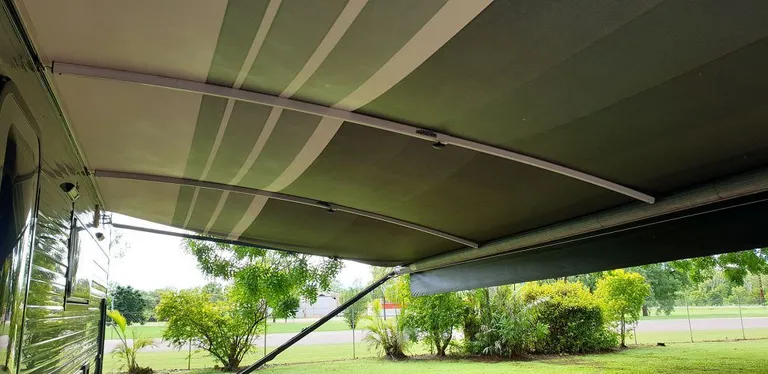
At the caravan park:
- Ask for a site with a concrete slab. No one wants to bring mud and dirt into their van every time they go outside.
- If you’re putting your awning out, keep one end lower than the other to prevent water pooling and damaging the awning. If you have awning rafters, put these out as well.
- If using your stabilising legs, place a piece of wood under the pads to prevent the legs from sinking into the wet ground. Also have a look at your jockey wheel.
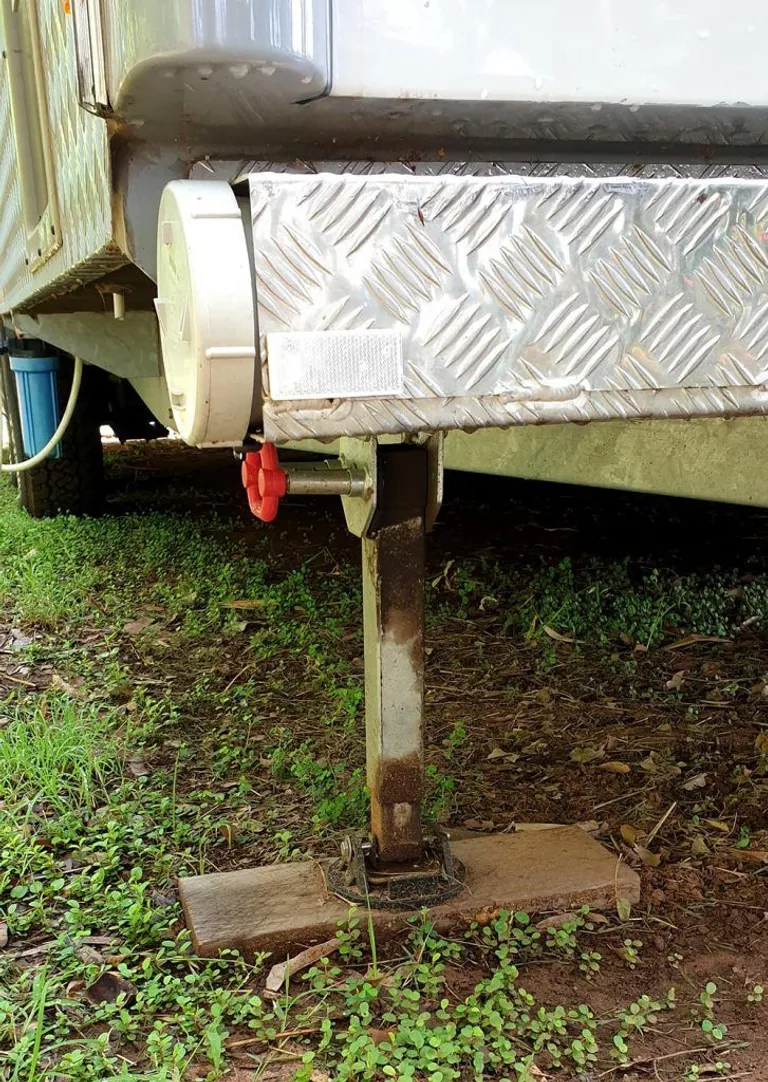
- Keep an eye on the weather forecast, particularly the predicted wind gusts. Anything over 25km/h can damage a rollout awning. If you know thunderstorms are coming, probably a good idea to retract the awning away.
- If your site is on an angle, and you’ve a warning, be wary of a flood rush that could run through your awning or annexe area, and have a look at what gear you have stored there.
- When packing up, be very careful about handling wet power cords. If possible, turn off the power at the supply point before disconnecting the cables.
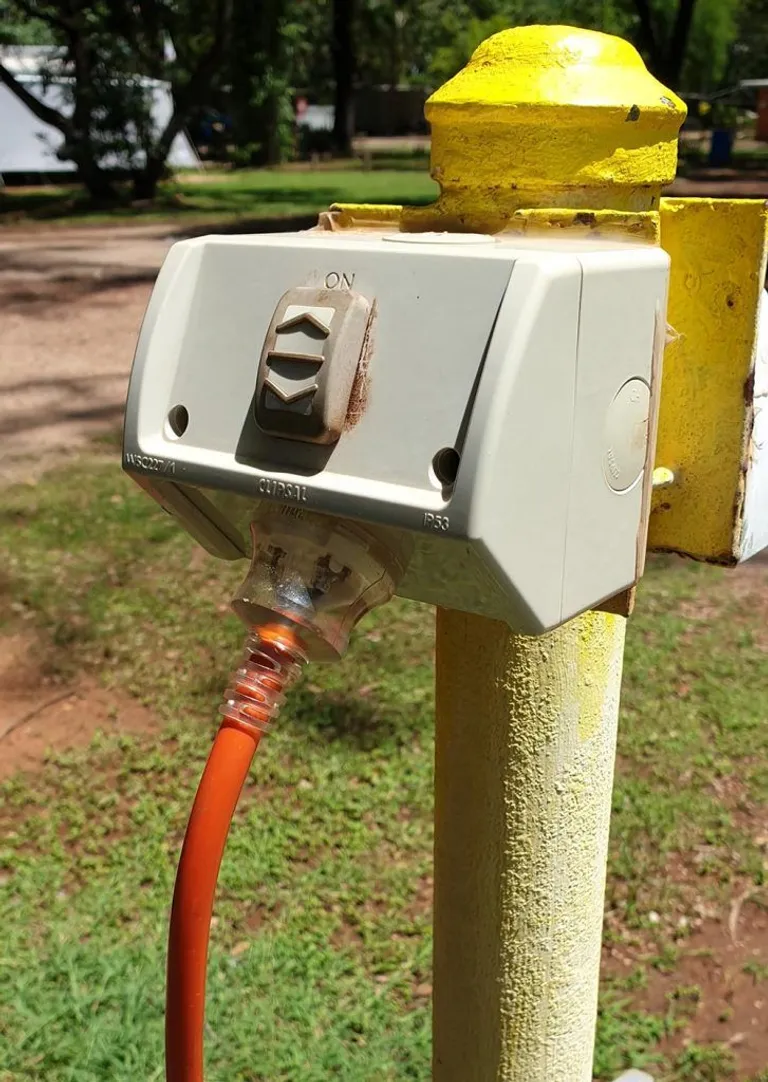
Images Marty Ledwich and Gary Tischer.


